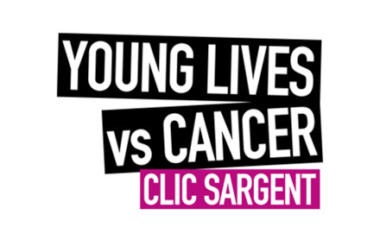CLIC Sargent will open a second redundancy consultation in September, having already made some redundancies.
A total of 38 staff were made redundant in the first instance, with those affected currently working their notice periods.
A drop in donations from fundraising and the closure of the charity's shops during lockdown have left the charity with a £9m drop in income this year.
The first round of cost-cutting had focused on CLIC Sargent’s shops and frontline fundraising activity, which were hardest hit by lockdown and ongoing health and safety and social distancing restrictions.
Four charity shops are closing permanently and 12 will remain closed until next year.
'It’s incredibly sad that we’ve had to take these decisions'
Rachel Kirby-Rider, chief executive of CLIC Sargent, said: “It’s incredibly sad that we’ve had to take these decisions. It’s not something I ever imagined we’d have to do. I’d like to thank the staff who have lost their jobs for the hard work and commitment they’ve shown CLIC Sargent while working here.
“We’re also hugely appreciative to all our volunteers who put their hearts and souls into helping in our charity shops. They’ve made such a difference to the families we work with.”
The charity has not put a figure on the anticipated number of redundancies which will be made in the second round, but will have a clearer idea in September.
As of May 2020, it will only offer statutory redundancy pay to staff due to the financial impact of the current crisis. Previously, those who were made redundant benefited from an enhanced redundancy package.
The charity's management-of-change policy has not been altered and always allowed for the organisation to only give statutory redundancy pay.
Talking about the next phase, Kirby-Rider said: “Young cancer patients and their families have been hit hard by the pandemic and we know that CLIC Sargent’s support is needed more than ever.
“We’re committed to being here for everyone who needs us and we’re taking a longer-term strategic look at how we protect our ability to deliver this service. But, like many other charities in the UK, we’re considering the best ways that we offer our vital support, whilst working with less income.”











